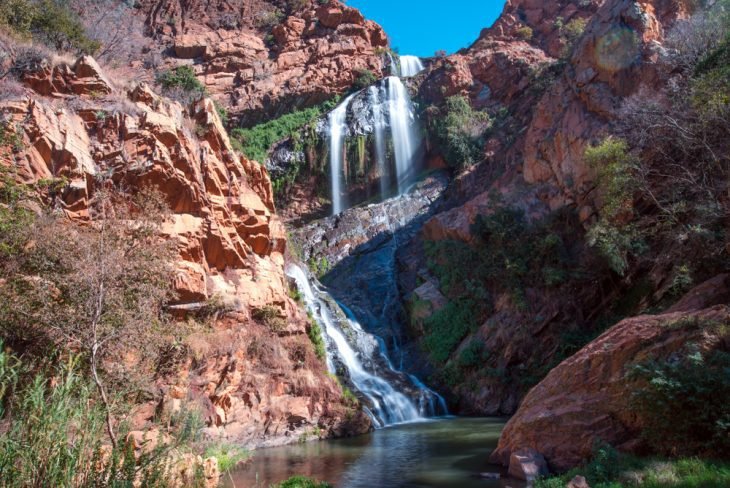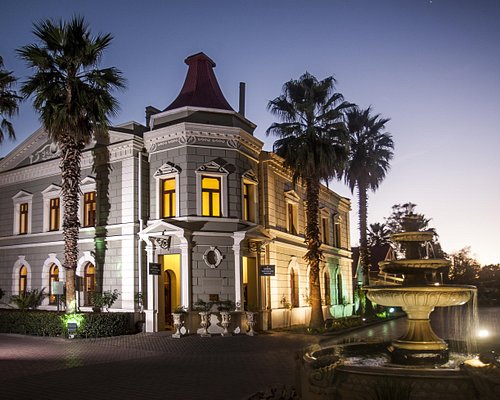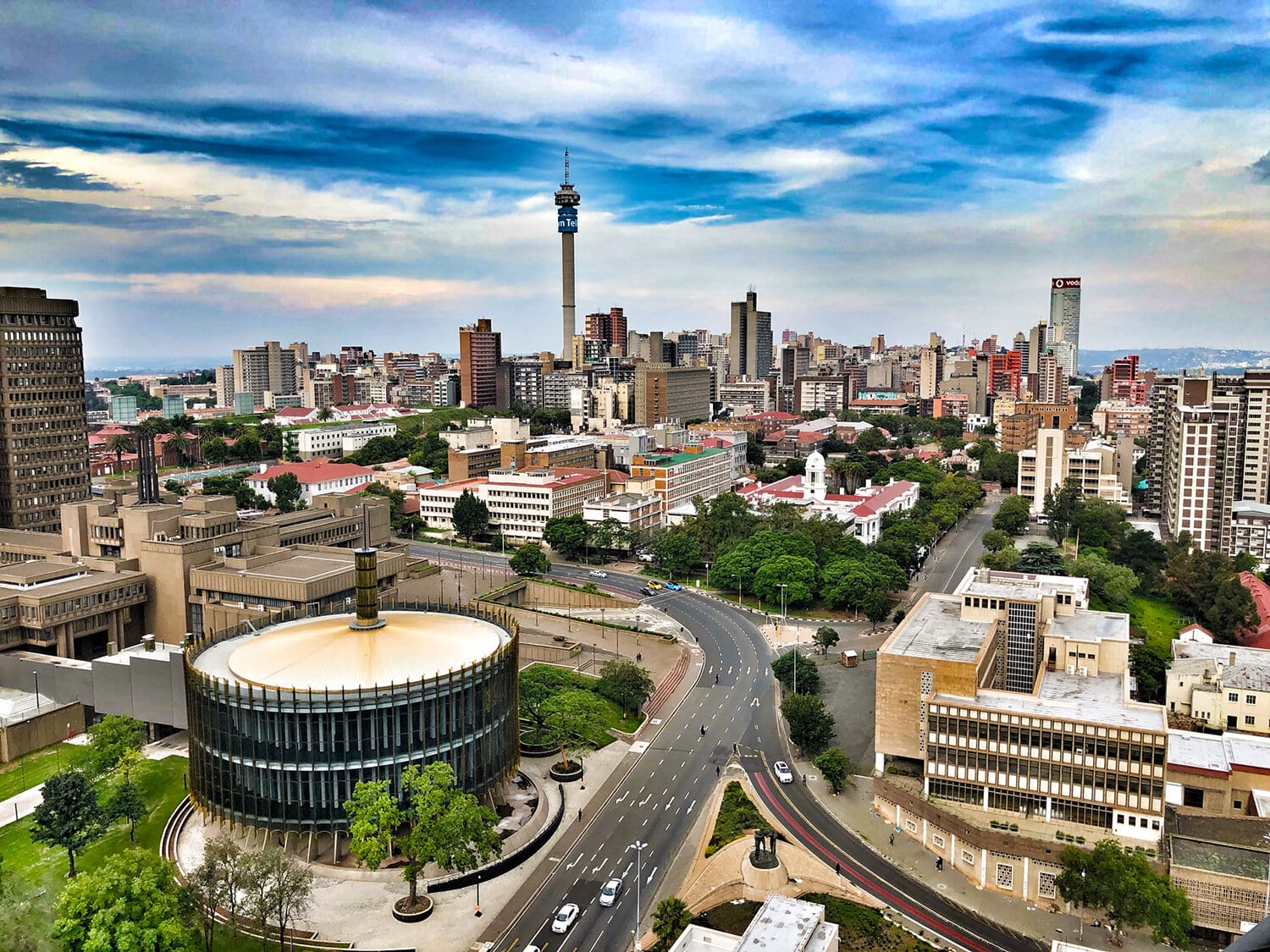Little Known Facts About Johannesburg North Attractions.
Little Known Facts About Johannesburg North Attractions.
Blog Article
Johannesburg North Attractions - Questions
Table of ContentsThe Best Guide To Johannesburg North AttractionsThe Basic Principles Of Johannesburg North Attractions Johannesburg North Attractions for BeginnersFacts About Johannesburg North Attractions UncoveredFascination About Johannesburg North AttractionsWhat Does Johannesburg North Attractions Do?
Soon before Christmas 1898, a boilermaker from Lancashire, Thomas Edgar, ended up being involved in an inebriated quarrel with an uitlander neighbour. While withstanding apprehension, Edgar was fired dead by a Z. A. R. police officer. The policeman was charged with murder however the district attorney minimized the charge to homicide and launched the charged on bail.. R. Johannesburg North attractions. In an initiative to restrain the situation, Smuts sought to strike a take care of the mining business. The sharp Cambridge-trained legal representative welcomed Percy FitzPatrick (that was to acquire fame as the author of Jock of the Bushveld, released in 1907) to serve as the primary mediator for the mining homes
A. R. was unavoidable. Johannesburg, c. 1900 (www.geheugenvannederland.nl) When Johannesburg was founded in 1886, public education in the Z. A. R. was regulated by the Education Regulation of 1882. The earlier Education Law of 1874 had provided that government institutions in the Z. A. R. (only a handful of such schools was in existence) were to be non-denominational and that instruction was to be in Dutch or English, at the will of moms and dads.
In 1886, Pope Leo XIII comprised the Transvaal an independent prefecture under the jurisdiction of the Rt Revd Odilon Monginoux of the Oblates of Mary Immaculate, who was the first Prefect Apostolic of the Transvaal. On 20 July 1886, Fr John de Lacy O. M. I. visited the Rand. He related to the government for a tract large sufficient to suit a church, an institution and homes for the instructors.
The Only Guide to Johannesburg North Attractions
The college transferred to Doornfontein in 1895, and came to be called the East End Convent. In 1905, the Holy Family siblings additionally founded Parktown Convent School (now Holy Family members University). On 2 November 1887, Miss Frances Buckland started educating in a residence on the edge of Jeppe and Rissik roads.
On the other hand, on 11 June 1887, the Revd John Thomas Darragh, the first Anglican priest to be pointed on the Rand, had shown up from Kimberley. A mammoth tome on the history of Christianity in Africa observes concisely: 'The Anglican neighborhood at Kimberley was lucky to have as its leader J. T.
He had actually won a scholarship to The Royal School, Armagh, whence he had gone up to Trinity College, Dublin, as a Structure Scholar. Below he had distinguished himself, being Timeless Hebrew and Divinity Prizeman, and had ended up being a Fellow of Trinity College. He was blessed in 1880, and came to be curate of All Saints, Grangegorman, Area Dublin.

He was an energetic and enterprising male who promptly plunged himself heart and soul right into the life of the blossoming and bustling mining area. It was not just the Anglican parishioners that obtained benefit, for Darragh functioned unstintingly among all sectors of the town. For example, the tiny neighborhood of Greek Orthodox settlers in Johannesburg had no archimandrite, and so approached Darragh to execute marital and baptismal ceremonies.
Some Known Incorrect Statements About Johannesburg North Attractions
(www.eggsa.org) Around the very same time, the Revd Mr Darragh brought into existence St Mary's College for Boys, which was set up as a choir school for St Mary's Church. The origins of St John's University can be traced back to this institution. The very first headmaster of St Mary's College for Boys was Mr F.
The college was examined by the Z. A. R - Johannesburg North attractions. education and learning authorities at the end of 1888. The evaluation was passed with flying colours, particularly in regard of the requirement relating to the training of Dutch, as a result of which the institution received a 'extremely liberal grant' from the state
More About Johannesburg North Attractions
Marist Brothers' College acquired such a good reputation that some officials of the staunchly Protestant Z. A. R. federal government enlisted their kids as students at this Catholic institution. In 1896, the school's cricket club was affiliated to the Transvaal Cricket Union. By 1897, Marist Brothers' had 500 pupils, and a neighbour lodged a complaint with the Superintendent of Education and learning about 'too much' play area noise during the lunch interval! Throughout the Anglo-Boer South African War (1899-1902), the school's enrolment went down, yet by 1905 numbers were back to 500 and the institution was advertising the fact that it had 'sufficient stabling for pupils' horses'.
In 1892, the Superintendent of Education, Dr N. Mansvelt, assembled a report in which he stated that some instructors in the Transvaal could not mean words 'Pretoria' and 'Potchefstroom', and did not recognize the distinction between a noun and an adjective. In the same year, the Education Legislation was amended to give that all teachers in schools obtaining government subsidies needed to be participants of a Protestant church; colleges also can not receive subsidies in respect of Jewish and Catholic pupils.

All about Johannesburg North Attractions
On 7 March and 9 April 1892, the Revd Mr Darragh corresponded to the State Secretary, Dr W. J. Leyds, in which he specified that the previous Superintendent of Education, Ds S. J. du Toit, had embarked on in 1888 that English-medium institutions such as St Mary's and St Michael's that also gave direction in Dutch would receive state aids.
Participants of the W. C. E.'s board included Sir Lionel Phillips and Sir Abe Bailey. The W. C. E.'s objects were to promote primary education 'suited to all races and creeds' and to counter the unique usage of Dutch as tool of instruction in state-supported colleges. In October 1895, the W.
Johannesburg North Attractions Can Be Fun For Everyone
Robinson estimated that 2,000 out of 6,500 white kids of school-going age were not attending institution. By 1897-'98, less than fifty white youngsters in the whole Z. A. R. remained in or over Basic VI. By the end of 1896, the W. Recommended Reading C. E. had actually gotten possession of three institutions, and had actually thought control of and economic obligation for 3 various other colleges.
Miss Emma Shaw was the head educator - Johannesburg North attractions. She was aided by a Miss Soamers. St Cyprian's was originally granted a state subsidy, however this was terminated when a federal government assessment disclosed that the institution had actually many coloured and 'native' children amongst its students, sharing workdesks with white young boys. Regardless of the withdrawal of the aid, the institution managed informative post to make it through.
After the Battle, it was reopened and run by Sis of the Society of St Margaret (informally called the East Grinstead Siblings, with recommendation to their convent in East Grinstead, Sussex). Undaunted by the contretemps with the authorities about St Cyprian's and its aid, Darragh started Perseverance School in November 1891.

Report this page